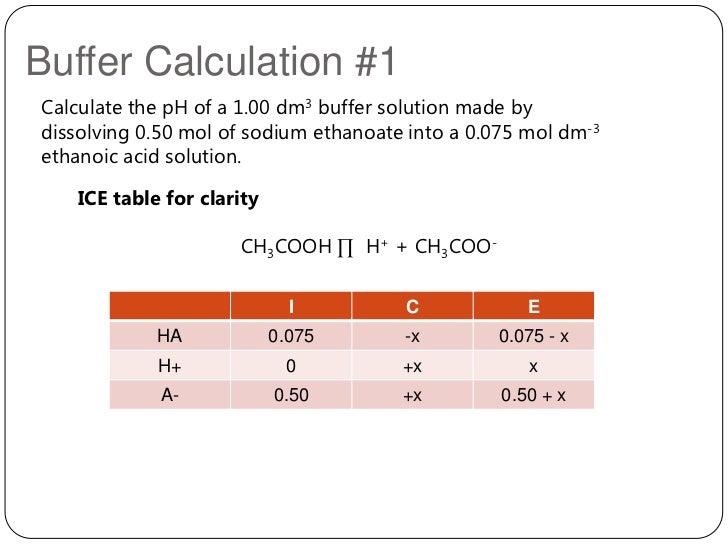

Hence, we can predict directional shifts of a reaction by comparing Q c to K c : when Q c K c, the reaction proceeds spontaneously to the left (reactant side). 2 - Requires an ICE table because you do not know the equilibrium concentrations no product is yet formed For the reaction CO(g) + H2O(g) CO2(g) + H2(g) calculate the equilibrium concentrations of all species if 1.000 mol of each reactant is mixed in a 1.000L ask. The graph below shows the change in Q c as the reaction approaches equilibrium.Ī system that is not at equilibrium proceeds spontaneously in the direction that establishes equilibrium ( Q c changes until it equals K c). (Right) The change in concentrations of reactants and products is depicted as the reverse reaction 2 SO 3(g) ⇌ 2 SO 2(g) + O 2(g) approaches equilibrium.
#ICE TABLE CHEMISTRY CALCULATOR HOW TO#
It explains how to calculate the equilibrium co. The graph below shows the change in Q c as the reaction approaches equilibrium. This chemistry video tutorial provides a basic introduction into how to solve chemical equilibrium problems. Values are found using the equilibrium constant formula, where the product of the concentration of products to the power of their coefficients is divided by the product of the concentration of reactants to the power of their coefficients. All concentrations are measured in M (mols/liter). The expression for K a is written by dividing the concentrations of the products by the Estimated Reading Time: 9 mins. This is a calculator to find different equilibrium values of a reaction. STEP 4: Use the ICE table to calculate concentrations with K a.

In this problem, we are given the initial. are the eutectic point between MgSO 4 12H 2 O (s) and ice and the. How many grams of NaNO 3 are produced when 5.3 grams of Na 2 CO 3 are added to 250.0 mL of 0.50 M HNO 3 and the reaction is allowed to go to completion The next step is to place any known information into the ICE Table. Molar Mass, Molecular Weight and Elemental Composition Calculator Molar mass of. (Left) The change in the concentrations of reactants and products is depicted as the 2 SO 2(g) + O 2(g) ⇌ 2 SO 3(g) reaction approaches equilibrium. ICE Tables - Chemistry LibreTexts 1 day ago . Step 2: Decide what information about the problem is known and insert in ICE Table.


 0 kommentar(er)
0 kommentar(er)
